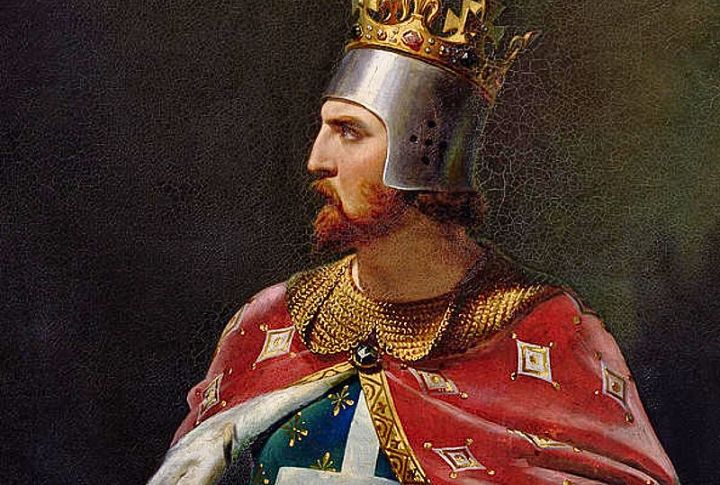
Kings are often remembered for their crowns, but Richard the Lionheart earned his legacy on the battlefield. His name evokes chivalry, courage, and crusades—but the truth behind the legend is far more layered. Was he a fearless crusader or a distant figurehead? Find out what truly shaped the legend in these 20 surprising truths.
Birth And Early Years At Beaumont Palace, Oxford
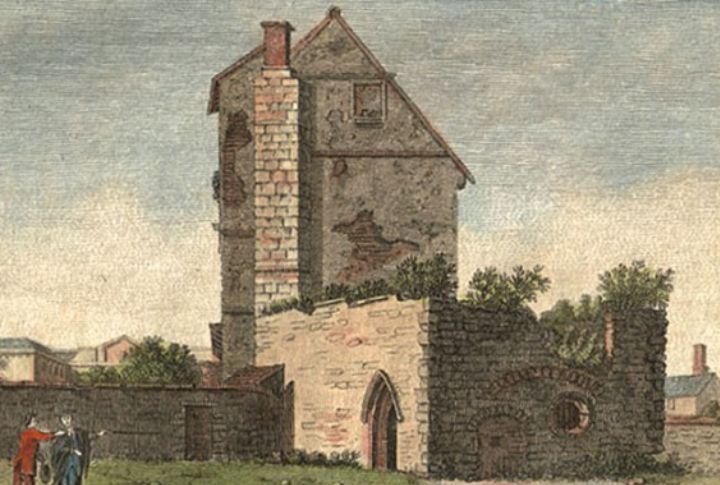
As the third son of Henry II, Richard I was born at Beaumont Palace in Oxford on September 8, 1157. Not originally destined for the throne, his early years were spent in England, shaping the foundation of the future king.
Nickname Coeur De Lion And Its Origins
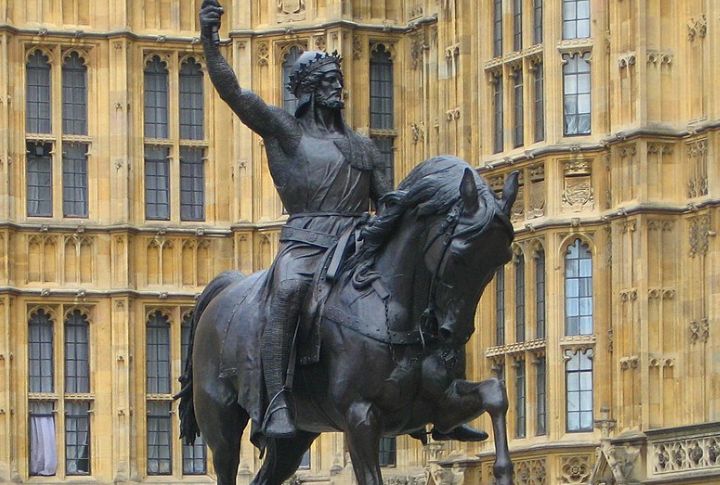
Across medieval Europe, the king’s military prowess earned him a legendary nickname. Lionheart was the English translation. People used Coeur de Lion in French or Quor de Lion in Old Norman. Every version celebrated the same reality: he led with unwavering, lion-like courage during every battle.
Rule As Duke Of Aquitaine
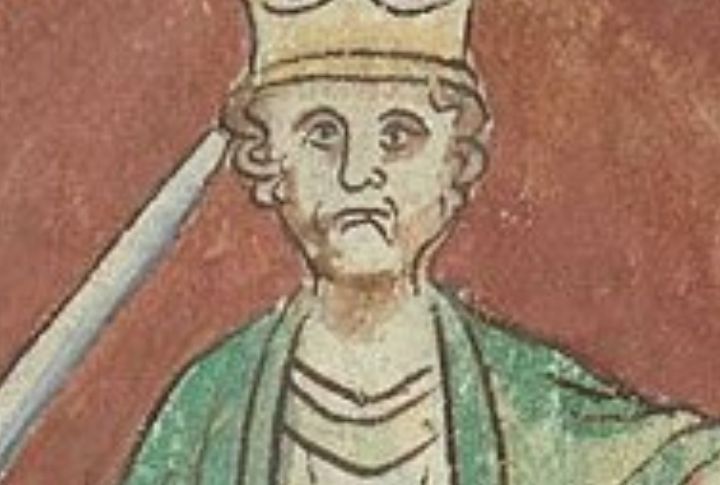
Aquitaine was Richard’s main stage, rather than England. At just sixteen, he commanded an army in Poitou. Becoming Duke increased the need to enforce order, and he ruthlessly crushed rebellious lords after an uprising. This French territory became the core of his adult identity.
Primary Language And Cultural Ties
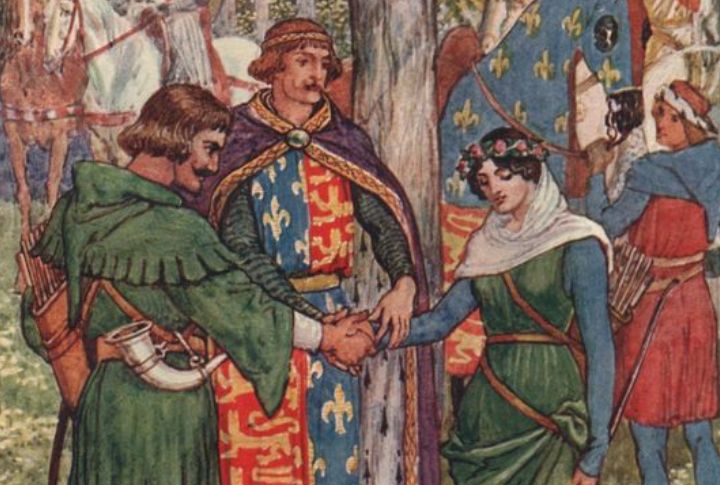
Richard spoke some Middle English, yet his frequent time abroad forged deeper ties elsewhere. He spoke fluent French and Occitan. These linguistic skills reflect profound immersion in continental courts. His cultural identity was definitely more French than English, and created a complicated legacy for a king of England.
Coronation As King Of England
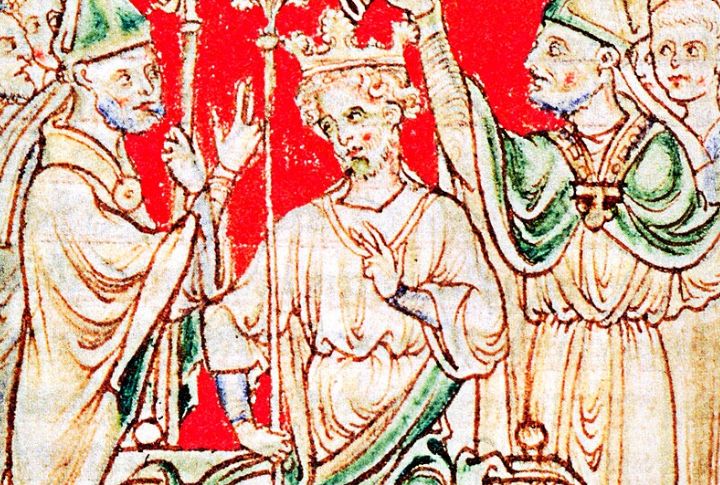
Henry II’s 1189 death made Richard king; his September coronation made it official. Sadly, the ceremony sparked anti-Jewish violence in London, going unchecked. Immediately afterward, Richard left England. His absence established a pattern, creating a persistent leadership void that the kingdom endured during his reign.
He Reinforced The City Of Jaffa During The Crusade
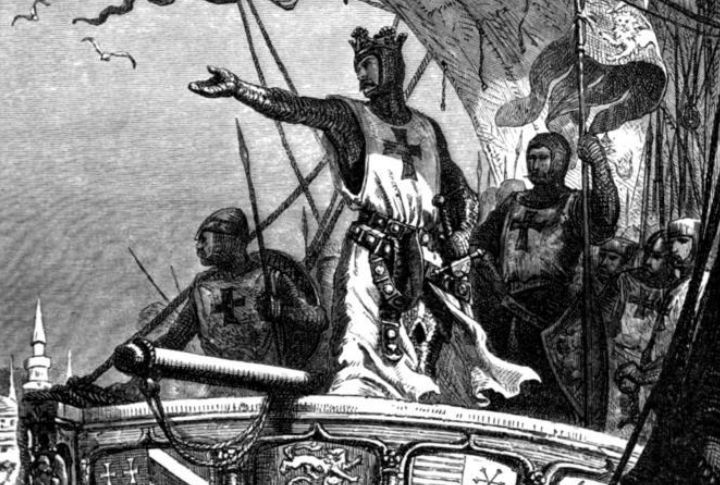
While Jaffa was already an ancient city, Richard the Lionheart played a significant role in its revival during the Third Crusade. After recapturing it from Saladin’s forces in 1192, he personally oversaw its fortification, turning it into a vital Christian stronghold along the Levantine coast. His efforts helped secure safe passage and supply lines for Crusader forces.
Principal Commander Of English Forces During The Third Crusade
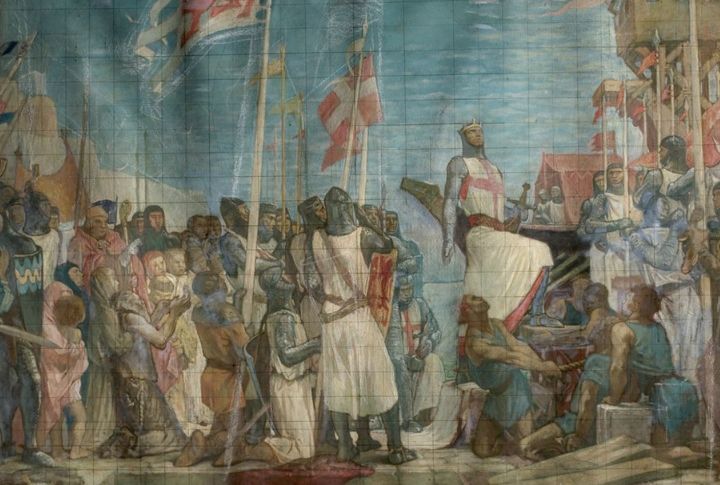
Richard commanded the Third Crusade from 1189 to 1192, redirecting the campaign after Philip II departed. His forces pressed deep into Muslim territory, famously seizing Acre in 1191. Richard advanced relentlessly, pushing close to Jerusalem, yet ultimately the Holy City proved impossible to conquer.
Capture And Imprisonment On Return From The Crusade
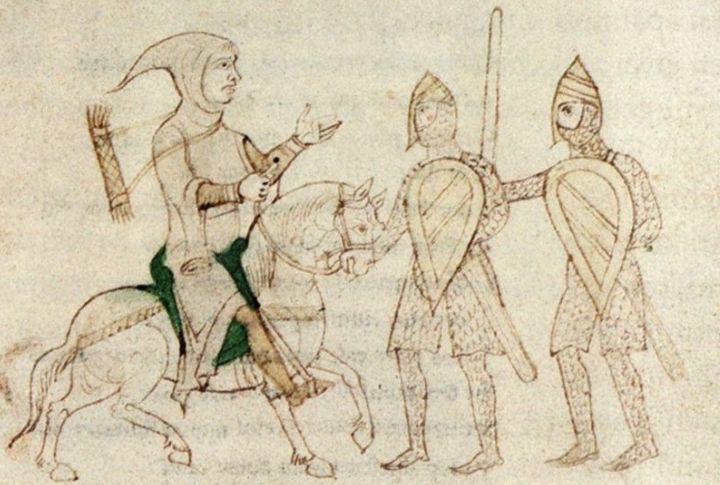
A simple shipwreck in the Adriatic Sea spiraled into an epic medieval event. The Duke of Austria captured Richard. Tales of the imprisoned crusader king quickly spread across Europe. The extraordinary ransom demand turned his detention into one of history’s most famous medieval episodes.
Marriage To Berengaria Of Navarre
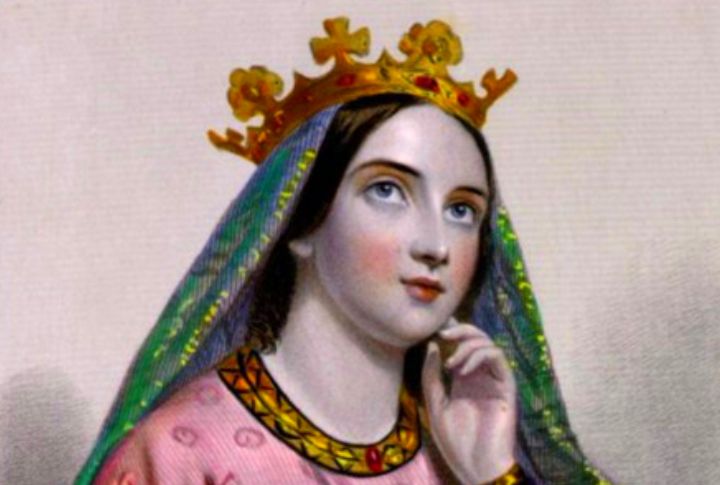
Berengaria emerged from Navarre to become Richard’s queen. Their marriage took place far away in Limassol, Cyprus, in 1191. Eleanor of Aquitaine arranged the match, overcoming Richard’s initial reluctance. Berengaria held the title of queen, yet never once visited the English kingdom she nominally ruled.
Frequent Warfare Against Philip II Of France
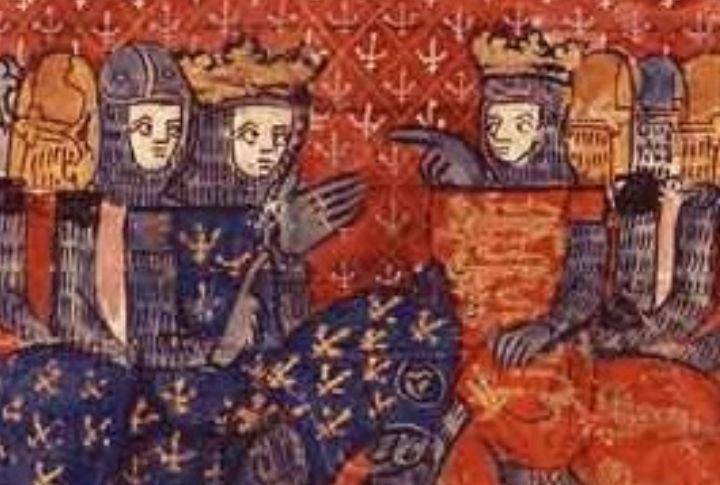
Richard and Philip II were rivals in a constant continental power struggle. Their temporary alliance during the Crusade was a brief truce. Taking advantage of Richard’s absence, Philip strengthened his power by claiming more land. The action ensured an inevitable, immediate return to intense territorial warfare between the two powerful kings.
Heavy Taxation And Fiscal Measures
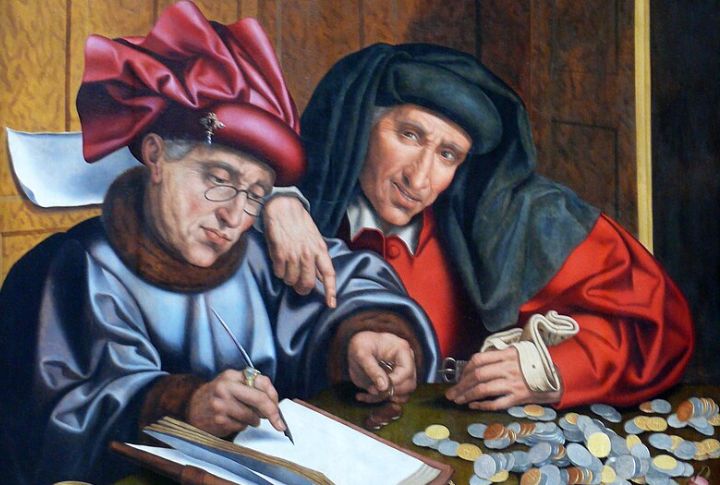
His constant demand for war funds weakened England’s entire administration. Harsh taxes weighed heavily on people, and selling sheriffdoms spread corruption through local government. He even sold royal assets to finance the Crusade—putting conquest above stability and leaving the realm deeply unsettled.
He Created The First Royal Passport
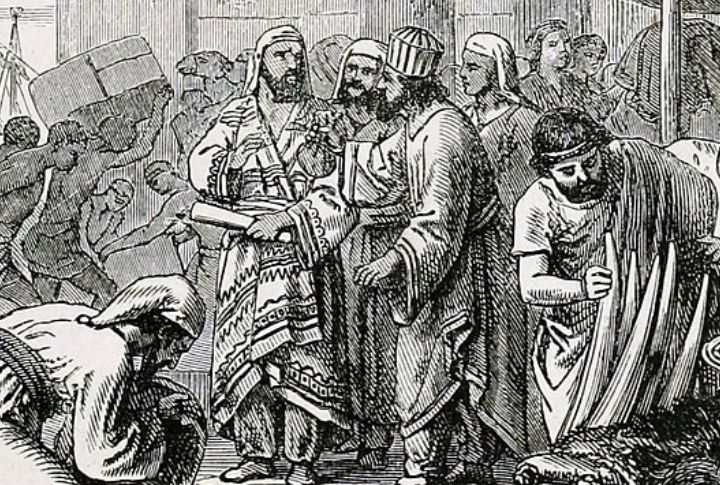
Richard is credited with establishing one of the earliest forms of a royal safe-conduct pass for European merchants and travelers. These documents offered a king’s formal guarantee of protection, essential for ensuring the safety of people and trade across his vast and often turbulent English and continental territories.
A Reputation For Poet And Musician
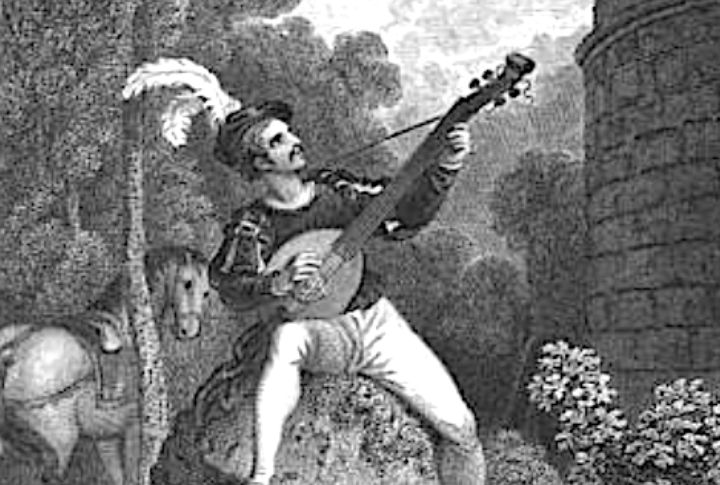
Beyond his military fame, Richard was a celebrated troubadour—a composer and performer of poetry and songs, often in the Occitan language. This artistic side, nurtured in his mother Eleanor’s court, adds a romantic dimension to his image.
A Castle-Building Obsession
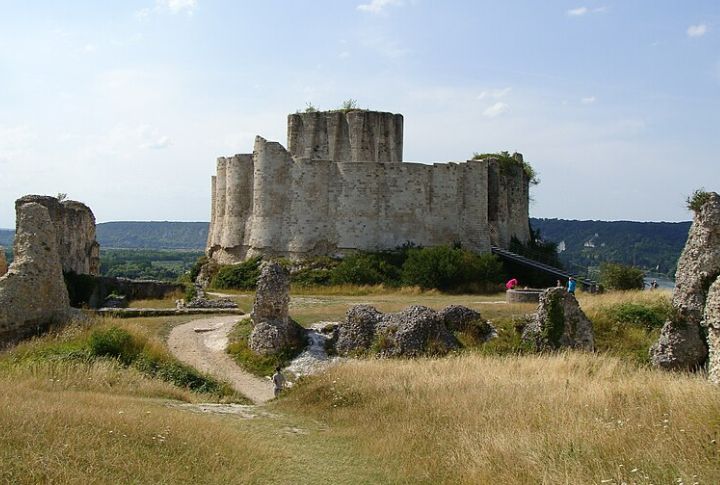
Richard focused his immense resources on building Chateau Gaillard in Normandy, a massive, unprecedented, and personally-designed fortress. He constructed the innovative castle rapidly (in just two years) to serve as the ultimate defense against his primary rival, Philip II of France.
Death From A Crossbow Wound
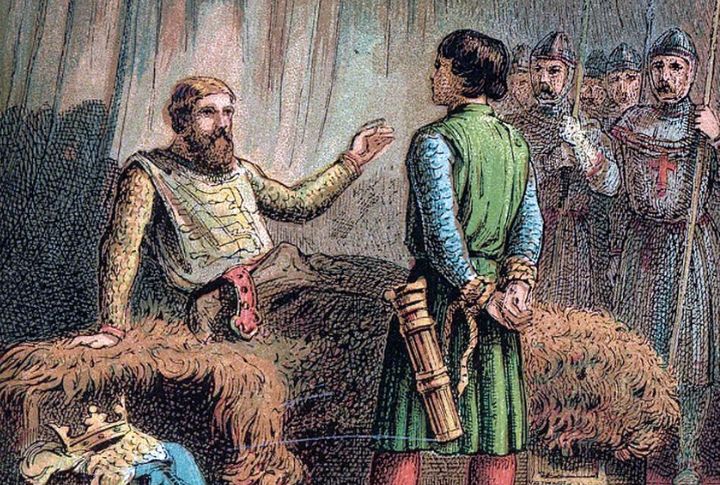
A crossbow bolt found its mark during the siege of Chateau de Chalus-Chabrol. The seemingly minor wound rapidly progressed into deadly gangrene. Richard succumbed to the infection. His decade-long, eventful reign ended abruptly on April 6, 1199.
The Merciful Executioner
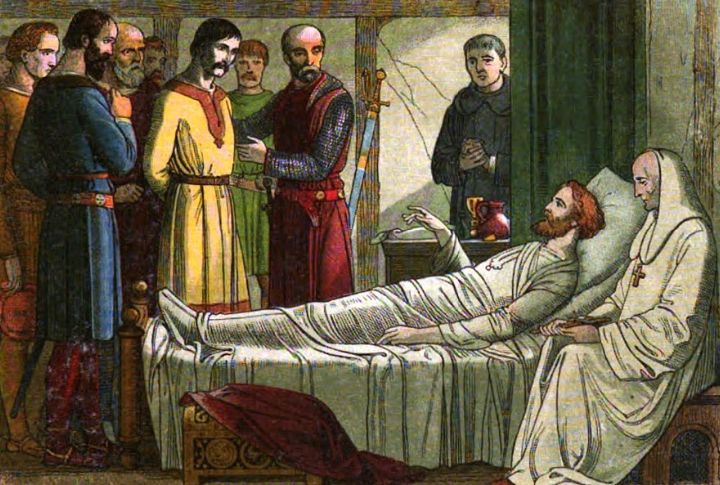
When the crossbowman who shot him, Pierre Basile, was captured, the dying Richard granted him an extraordinary pardon and a financial gift. Tragically, after Richard’s demise, the mercenary commander overruled this act of mercy, having Basile cruelly flayed alive and then hanged.
Burial Customs
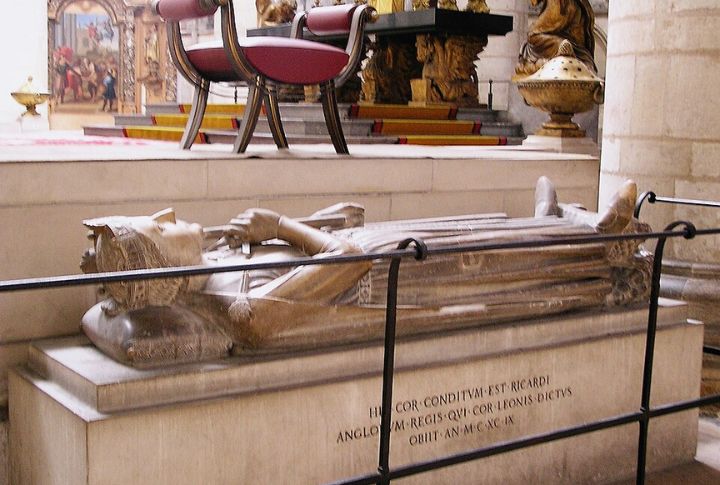
Visitors discover Richard’s remains are dispersed across France. His heart was interred in Rouen. His entrails remained at Chalus, near his death site. His body rests at Fontevraud Abbey. This geographically scattered burial, common among certain medieval monarchs, creates a unique historical journey.
Numerous Illegitimate Offspring And No Legitimate Heirs
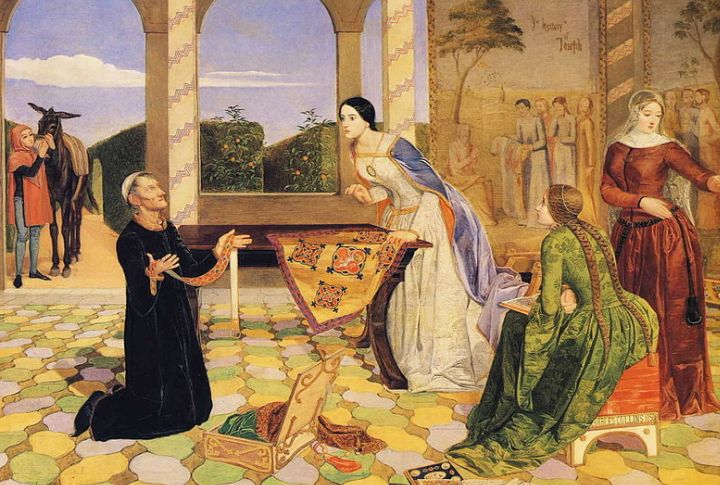
Richard’s marriage to Berengaria, who outlived him by thirty years, produced no legitimate heirs. While he was the father of one confirmed illegitimate son, Philip of Cognac, the absence of a proper successor proved negative. The void directly fueled the complex succession crisis following his passing.
Adoption Of The Three Lions Emblem
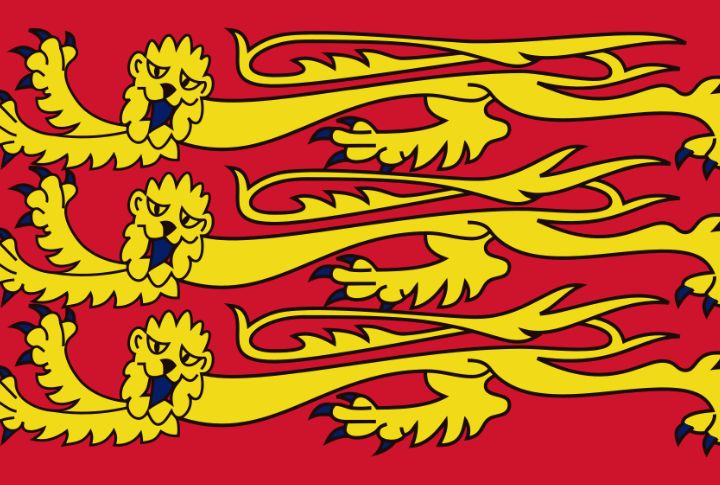
Royal symbols tend to gain meaning over time, and the three lions emblem illustrates this perfectly. Richard I adopted it at the time of reinforcing its link to English kingship. Today, it lives on in both the royal coat of arms and the badge of England’s national football team.
Reputation As A Brilliant Military Leader
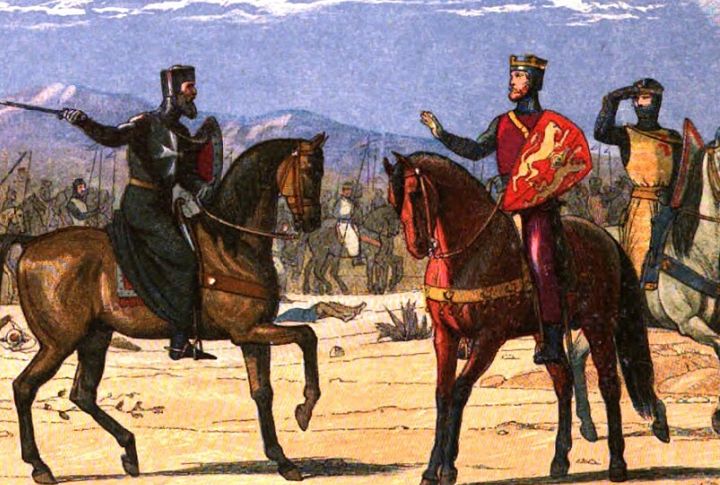
Exceptional military command is what secured Richard’s legendary reputation. Yet that same devotion to warfare came at a heavy cost. Despite brilliance on the battlefield, his disregard for governing England remains a major flaw. Celebrated as a hero, he was nonetheless deeply imperfect.

